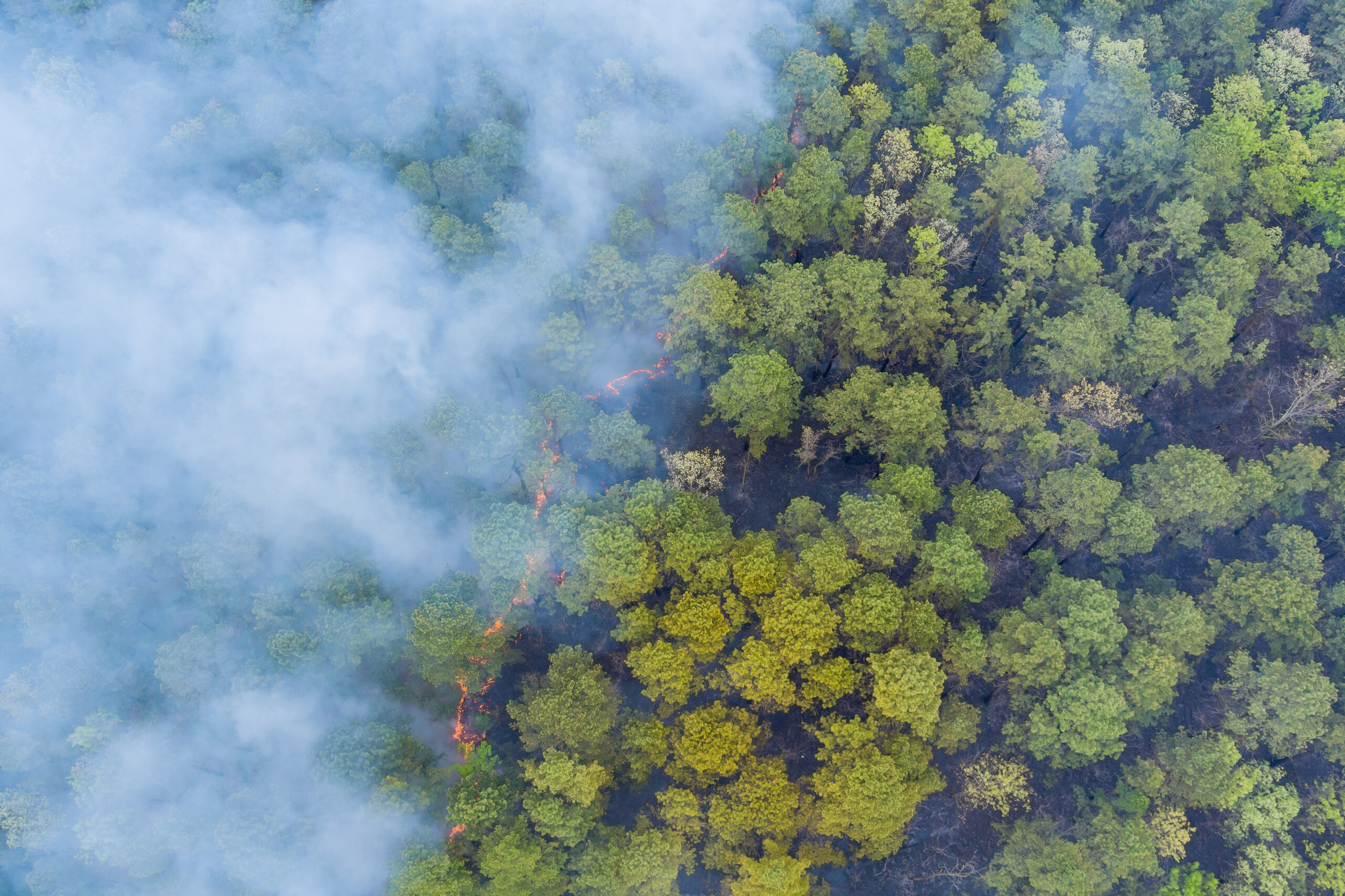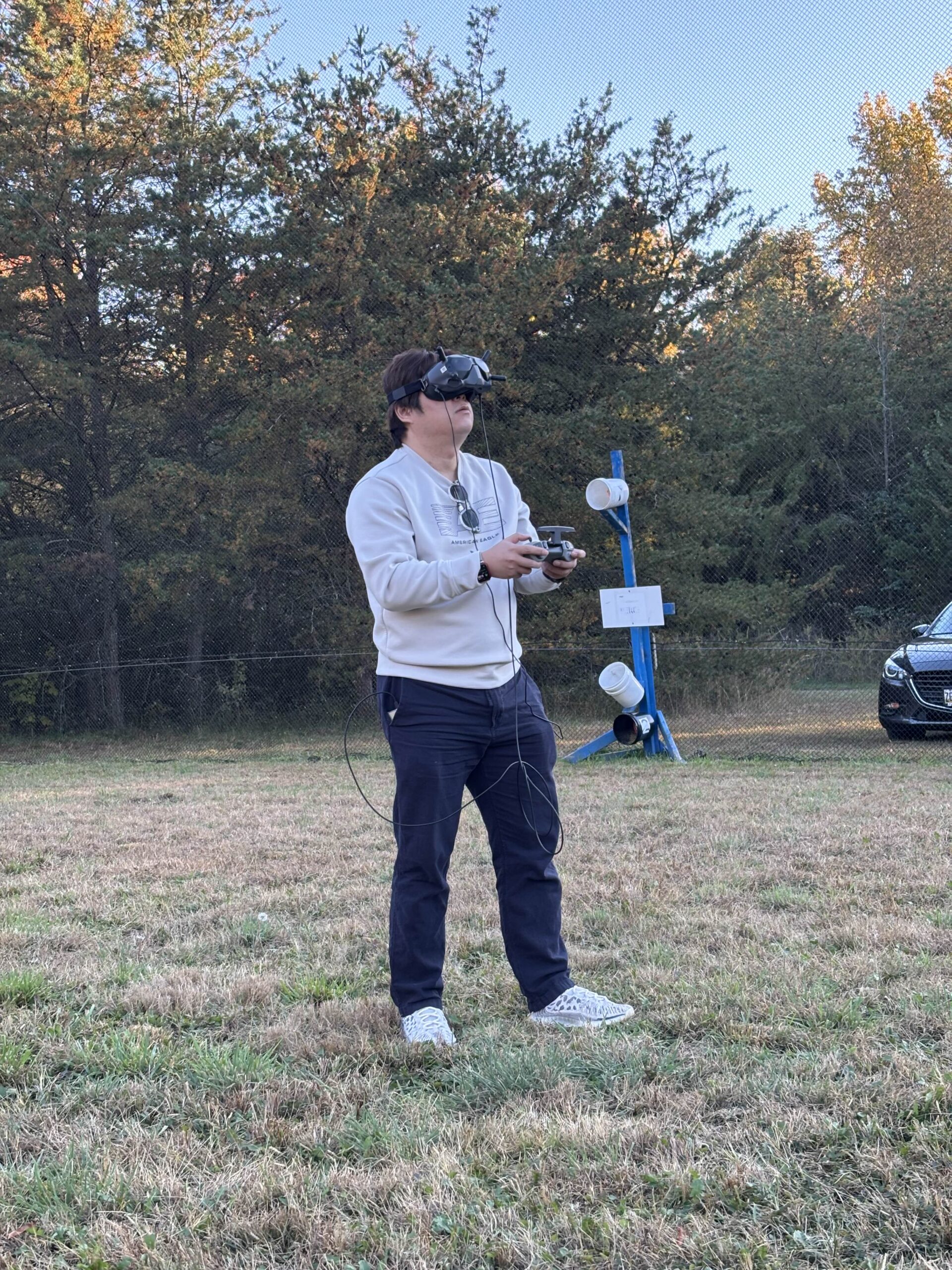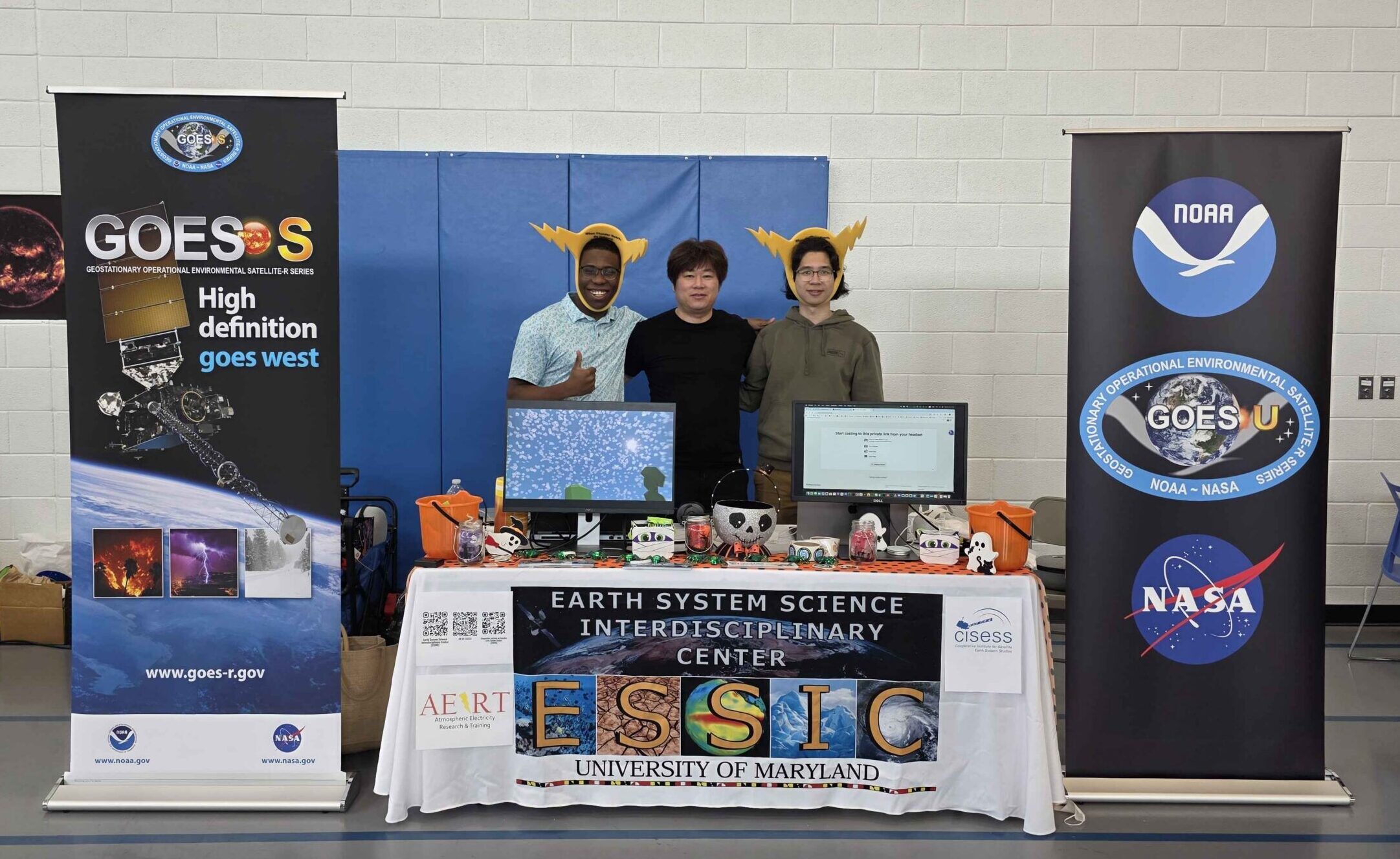
ESSIC Visiting Associate Research Professor Ariana Sutton-Grier has a new paper out in Bulletin of the Ecological Society of America about how the Ecological Society of America (ESA) should support more public engagement.
Public engagement is defined by the authors as “the intentional interaction between scientists and members of the public that facilitates mutual learning to inform policy, management, education, and scientific research”. Over the past few years, members of the ESA have been increasingly eager to engage with the public. In this paper, the authors argue that ESA should support the development and recognition of excellence in public engagement efforts for the field of ecology. They also outline a recently developed strategy for increasing the ESA’s public engagement efforts and provide recommendations on how the ESA can enact it.
Professor Ariana Sutton-Grier is an ecosystem ecologist with expertise in wetland ecology and restoration, biodiversity, biogeochemistry, climate change, ecosystem services, and nature and human health. The paper is also co-authored by scientists from the University of Minnesota, University of California, U.S. Department of Agriculture, American Association for the Advancement of Science, University of Wyoming, and National Park Service.
To access the article, click here: “Increasing the Impact of Public Engagement Within and Beyond the Ecological Society of America”.





